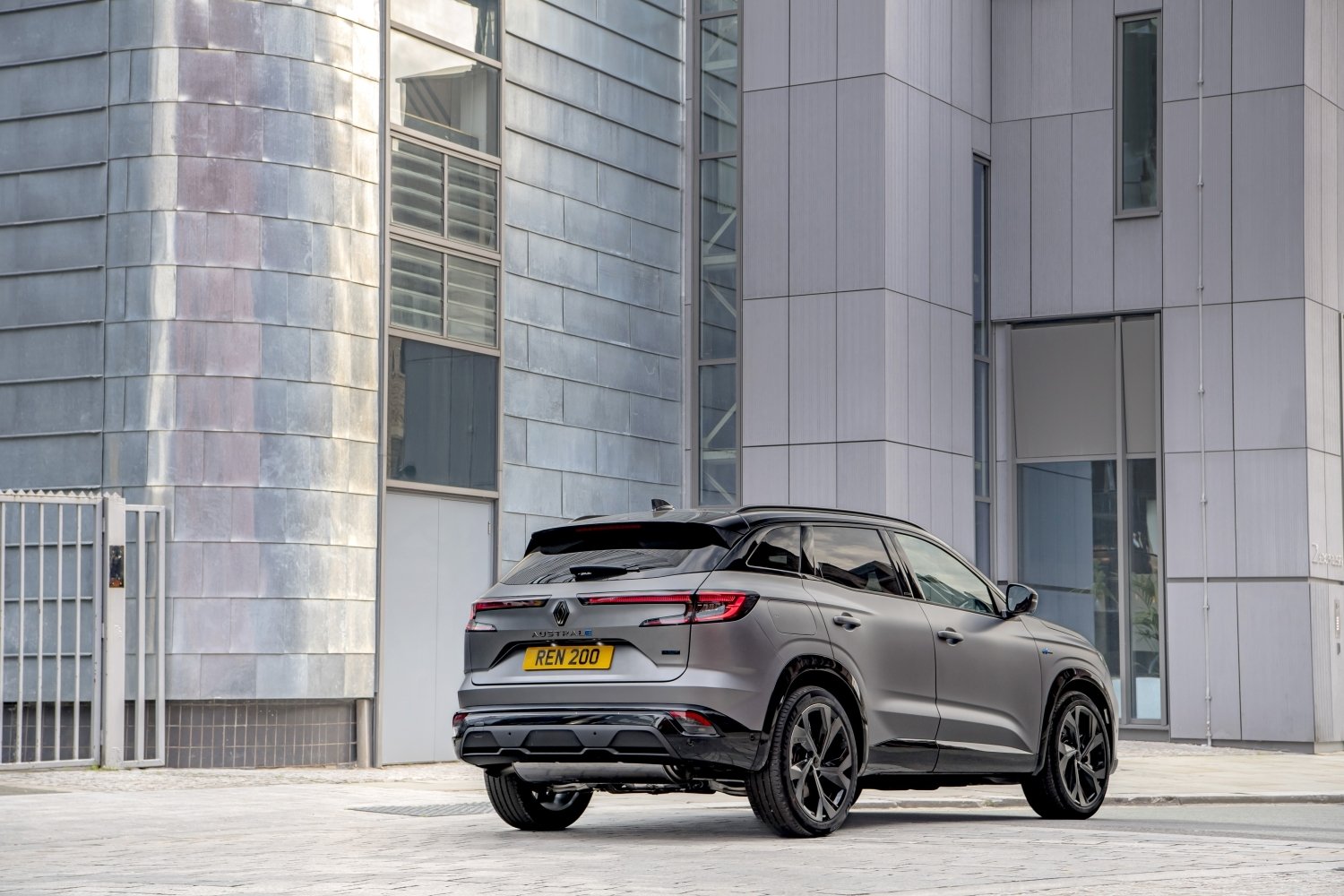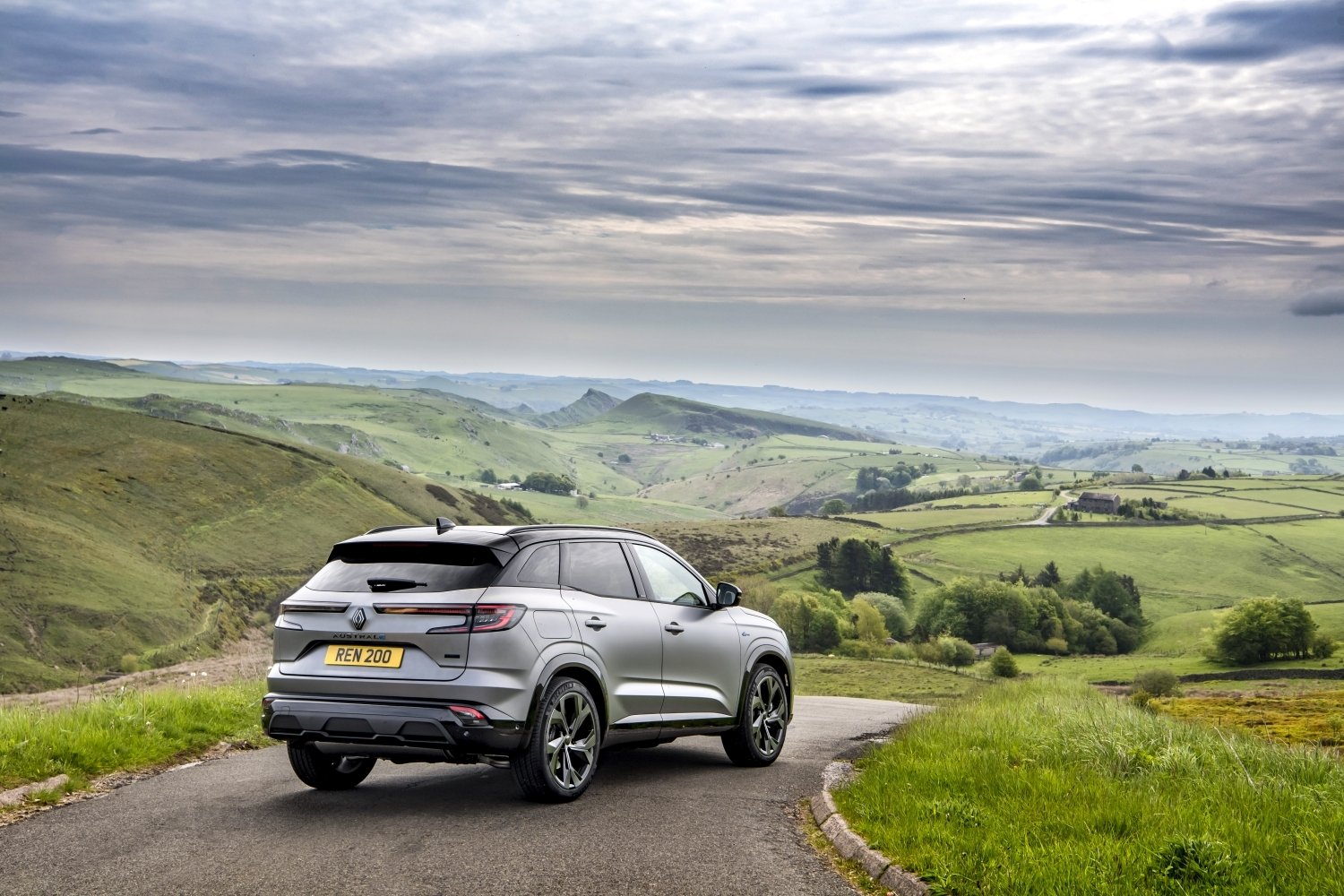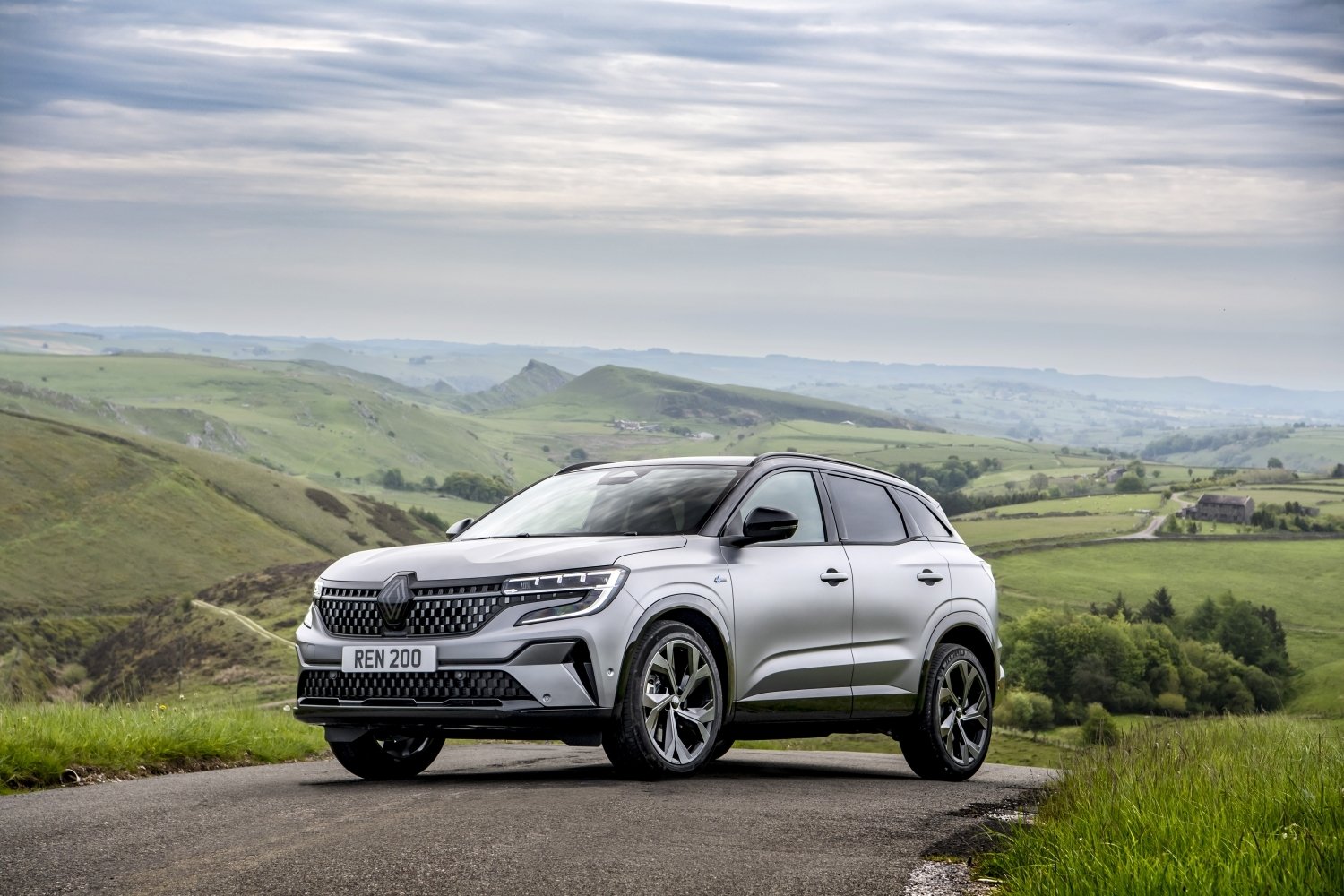Renault Austral E-Tech - The Solution To EV Range Anxiety
If recent revelations are to be believed, we can ditch all thoughts of 2030 being the end of petrol and diesel powered cars as we’ve known them for over a century.
Rishi Sunak has done a handbrake turn and pushed the deadline back to 2035 for when you can no longer buy a shiny new car with a conventional petrol or diesel engine under the bonnet. Whether 2035 really does turn out to be the end, time will tell. For those of us who do a lot of miles in various cars, this is wonderful news, although the green brigade won’t be happy.
The bottom line is that electric powered cars have, in a very short space of time, appeared from nowhere to be, generally, really good. They’re good to drive, easy to charge and painless to live with, as long as you can get the hang of the range limitations.
The big problem with sweeping electrification is the infrastructure. I use the full extent of the M1 regularly. You’d assume that the motorway network would be fully equipped with rapid chargers.
Wrong.
Some service areas have very limited numbers of chargers and, at the time of writing (November 2023) shame on you Leicester Forest East - it has no EV chargers. If you call there travelling northbound with only 20 miles left in your battery, good luck, it’s 27 miles to the next M1 service area at Donington. Not ideal.
Which means a decent halfway house is to go for a self-charging hybrid. You can use battery power over short distances but there’s the reassurance of having some good old ICE (internal combustion engine) ready to join the party. Phew. And because the car charges itself as you go along, there’s no need to hunt around for a charging point.





One of the latest hybrids to appear is the one you see here. The Renault Austral E-Tech.
For those of you who’ve experienced range anxiety, the Austral E-Tech’s key figures make comforting reading. On a full tank of petrol and going easily, Renault reckon you can manage 683 miles with an average of just over 60mpg. They also reckon you’ll do around 80% of city driving using battery power alone and you can reach up to 70mph without the engine bursting into life.
Another key figure is a low 110g/km CO2, very important for company car drivers.
The Austral replaces the Kadjar and sits above the Captur in the Renault line-up and at first glance, I think it looks rather good.
Under the bonnet, there’s a 1.2 litre, 3-cylinder petrol engine and also an electric motor which is fed by a small battery. The engine uses a 4-speed auto; the electric motor also has a couple of gears. Add together the power of both the engine and the electric motor, and you arrive at 203bhp. As with most hybrids, the battery is recharged when you decelerate or brake. You can also increase the level of energy regeneration by using paddles behind the steering wheel. Every Austral is an E-Tech hybrid and there’s no full electric, PHEV or petrol/diesel offering.
In town or at slow speeds, you waft along using the electric motor. When you need some oomph or reach higher speeds, the petrol engine seamlessly joins in. A plus point to help with economy is that the car reverts to electric-only mode whenever it can. 0-60mph takes 8.4 seconds although there is a bit of a pause when you ask for a sudden burst of power. A bit of anticipation on the driver’s part is advisable.
The Austral is good to drive and, if you go for the one I had, the Esprit Alpine model, you also get rear wheel steering called 4Control. This helps with cornering and also reduces the turning circle to 10.1 metres which is handy if you do a lot of town driving. It also helps with parking too.
Out on the road, the Austral E-Tech suspension set-up is just on the firm side but I’d suspect that once you get a few people and some baggage into the car, things will settle nicely. The important thing is that the Austral is good to drive and quite rewarding.




The interior is a major plus point, It looks and feels good and is particularly roomy too.
There are three trim options - techno, techno esprit Alpine and Iconic esprit Alpine. They all come with a 12.3-inch screen in front of the driver and a 12-inch touchscreen in the centre of the dashboard with a row of buttons underneath which adjust the climate and audio. Another row of buttons next to the steering column looks after the driver assistance gadgets. The touchscreen is excellent and reacts quickly to any input and the sat nav is one of the best I’ve tried. The graphics are clear and look terrific and voice assist works well too. There’s also a dual zone air con, smart cruise control and a host of safety kit.
If you move up to something like the Iconic esprit Alpine you’ll get a cracking Harman Kardon audio system with terrific bass. As well as this, there are powered front seats, a powered hatch, a panoramic sunroof, heated steering wheel, 360-degree camera and a head-up display. Outside you get excellent matrix LED headlights, front and rear parking assist, dark tinted glass for the rear of the cabin, and smart 20-inch alloys.
Prices start at £34,695 but I’d go for the top level trim mentioned above. Although its an extra £5k, it’s worth it.
So, the Renault Austral E-Tech enters the super competitive family SUV Crossover market. It’s a tad late to the party but if you’re looking for this sort of car and fancy a hybrid which is seriously economical and well equipped, I’d recommend that you add it to your list of test drives.
Words: Graham Courtney
Pictures: Renault

